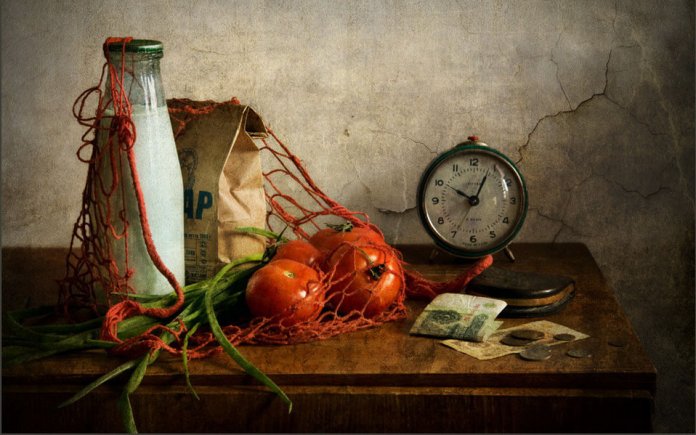We live in an era of abundance. Things and food that our ancestors could see or taste only once in their lives have now become as common as house slippers. Introducing you rating of items and products that were luxury in the past.
7. Pretzels
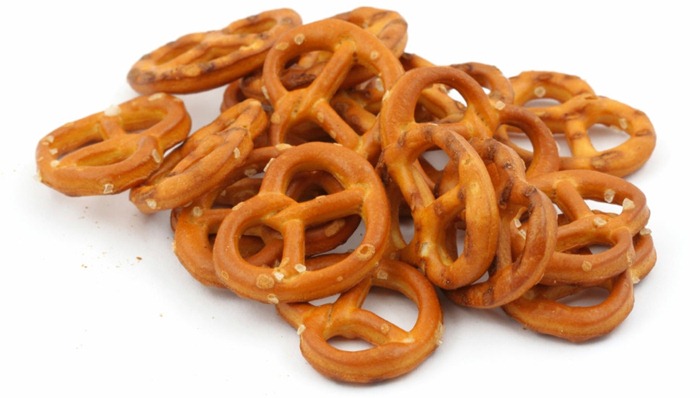 Most people would probably agree that pretzels are delicious. But once this snack was also very prestigious. In 17th century Sweden, royal couples even used pretzels in their wedding ceremonies.
Most people would probably agree that pretzels are delicious. But once this snack was also very prestigious. In 17th century Sweden, royal couples even used pretzels in their wedding ceremonies.
6. Black pepper
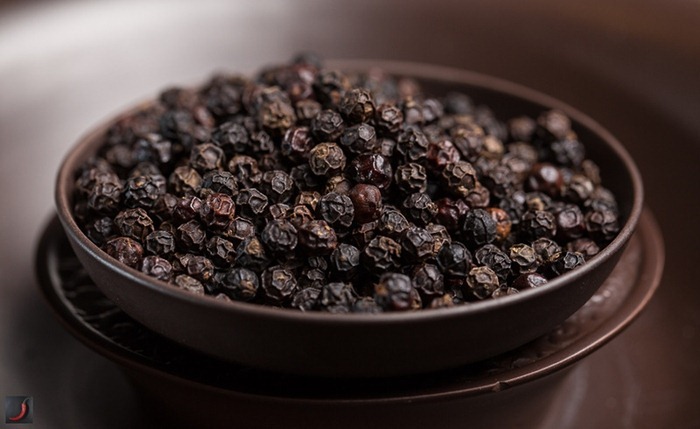 In medieval Europe, black pepper was one of the most precious foods. Imagine finding a box of solid gold filled with expensive truffles and get an idea of how a medieval man would feel if he found a small package of black pepper.
In medieval Europe, black pepper was one of the most precious foods. Imagine finding a box of solid gold filled with expensive truffles and get an idea of how a medieval man would feel if he found a small package of black pepper.
This spice came to Europe along the Great Silk Road from the South Indian state of Kerala. Until now, in Holland, the phrase is not forgotten, which translates as "expensive pepper" and is used at insanely high prices.
5. Aluminum
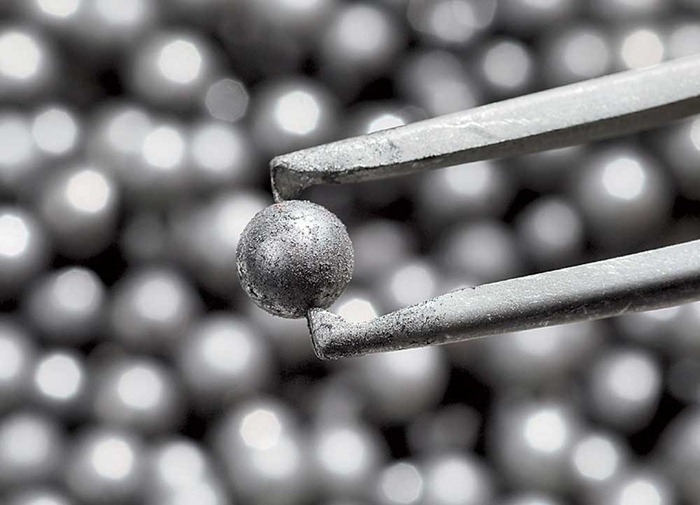 These days, it is a useful but unremarkable metal that is used in a variety of industries, from making cars to making cans. In short, it is not gold, silver, or even bronze. But it was not always so.
These days, it is a useful but unremarkable metal that is used in a variety of industries, from making cars to making cans. In short, it is not gold, silver, or even bronze. But it was not always so.
In 1884, the price of 28 grams of aluminum in the United States was about a dollar. For the average American worker to afford to buy aluminum, he had to work for at least 10 hours straight. For comparison, 28 grams of silver is currently worth about $ 17. For an American, this is just over 2 hours of work.
4. Books
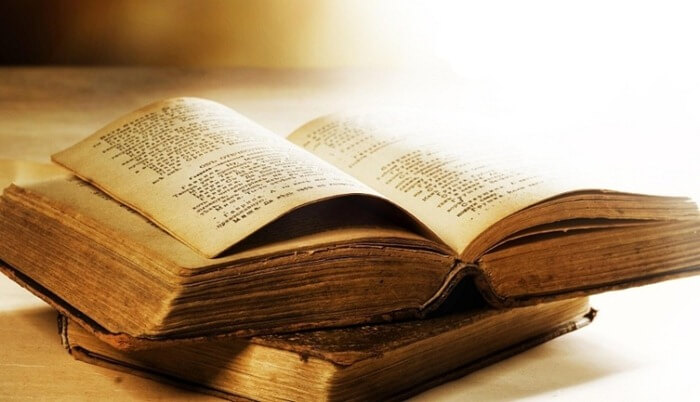 The top 7 things and products that were rare in past centuries could do without books. Now they are in every home, but how valuable were they once considered? The story with Ptolemy III - the Egyptian king will help to answer the question. He strove to continually replenish the Library of Alexandria, a huge learning center containing many of the greatest texts of the ancient world. And one day he asked Athens to borrow rare copies of the works of Sophocles, Euripides and Aeschylus. The Athenians demanded insurance - 15 talents of silver. It's like Greece today demanded from Egypt to give several million dollars in exchange for several books. The pledge was intended so that Ptolemy III could not afford to leave the papyri.
The top 7 things and products that were rare in past centuries could do without books. Now they are in every home, but how valuable were they once considered? The story with Ptolemy III - the Egyptian king will help to answer the question. He strove to continually replenish the Library of Alexandria, a huge learning center containing many of the greatest texts of the ancient world. And one day he asked Athens to borrow rare copies of the works of Sophocles, Euripides and Aeschylus. The Athenians demanded insurance - 15 talents of silver. It's like Greece today demanded from Egypt to give several million dollars in exchange for several books. The pledge was intended so that Ptolemy III could not afford to leave the papyri.
However, the Egyptian ruler chose books, making a huge hole in the state budget. And the most amazing thing is that he sent copies of the books to the Athenians. The originals were the most valuable to him.
3. Bed
 Shakespeare wrote many comedies in his time, but his will contains a line that is funny for modern people. It reads like this: "I leave my wife my second best bed and other furniture."
Shakespeare wrote many comedies in his time, but his will contains a line that is funny for modern people. It reads like this: "I leave my wife my second best bed and other furniture."
The modern equivalent of this phrase might sound like "leave the second best car." When it comes to the Lamborghini Veneno, then the heir will definitely not complain.
2. Broken cups and plates
 When is a broken item worth more than a whole item? The answer is when you live in Japan. In the 15th century, Shogun Ashikaga Yoshimasa challenged Japanese craftsmen to find an aesthetically pleasing way to fix broken pottery.The technique they came up with was so amazing that broken and then repaired items became more expensive than new ones. This ancient art is known as kintsugi and its main premise is to draw attention to the formation of cracks in the product by applying a special varnish mixed with gold, platinum or silver powder.
When is a broken item worth more than a whole item? The answer is when you live in Japan. In the 15th century, Shogun Ashikaga Yoshimasa challenged Japanese craftsmen to find an aesthetically pleasing way to fix broken pottery.The technique they came up with was so amazing that broken and then repaired items became more expensive than new ones. This ancient art is known as kintsugi and its main premise is to draw attention to the formation of cracks in the product by applying a special varnish mixed with gold, platinum or silver powder.
1. Tomatoes
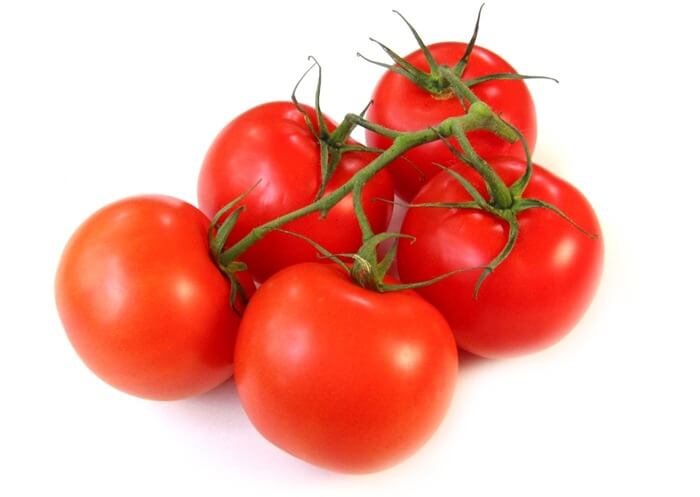 Signor Tomato tops the list of rare and expensive things and products of the past. It is used in almost all cuisines in the world. And buying a product is not difficult. But this vegetable culture came to Europe only in the 16th century. Although the Italians and Spaniards immediately took tomatoes "into circulation", in the north of Europe they were more wary of the novelty and until the middle of the 18th century tomatoes were a rare and exotic sight there.
Signor Tomato tops the list of rare and expensive things and products of the past. It is used in almost all cuisines in the world. And buying a product is not difficult. But this vegetable culture came to Europe only in the 16th century. Although the Italians and Spaniards immediately took tomatoes "into circulation", in the north of Europe they were more wary of the novelty and until the middle of the 18th century tomatoes were a rare and exotic sight there.
Imagine a person who gazes thoughtfully at a tomato and praises its beauty. Strange, isn't it? And so did the Americans in the 18th century. They wrote poetry about tomatoes, like now, we could write poetry about roses.

